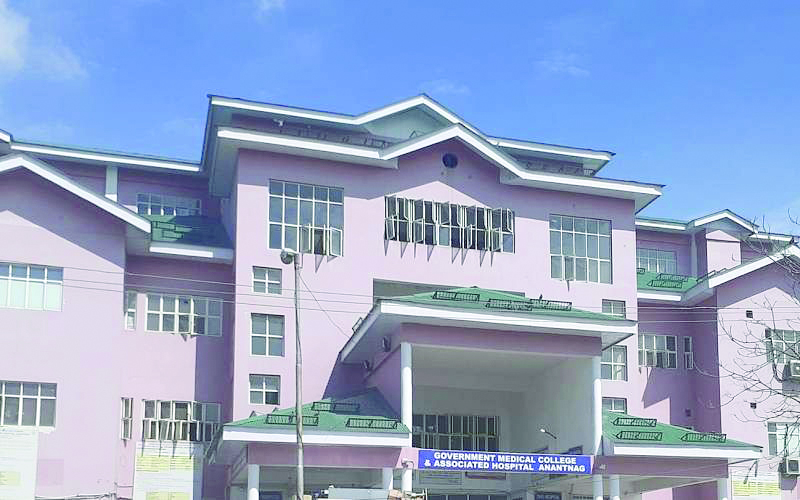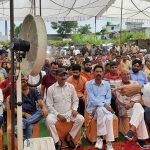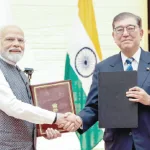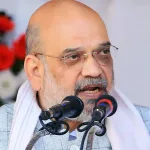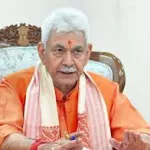Srinagar, Sept 16: The Left Bundle Branch Area Pacing (LBBAP) is gradually replacing conventional Right Ventricular (RV) apical pacing at GMC Anantnag, doctor said on Monday.
Senior Cardiologist Dr. Syed Maqbool, who conducted some rare cardiac surgeries at the medical college, said pacemaker implantation is a common procedure across all cardiac centers.
“The most common indications are complete heart block, wherein the atrial impulse fails to reach the ventricles and sick sinus syndrome in which the patient’s own pacemaker, called sinus node, develops dysfunction and subsequent failure to generate cardiac impulse,” he said.
The cardiologist said both conditions can produce repeated episodes of loss of consciousness or even death, and pacemaker implantation is the treatment for both conditions.
He said conventionally, the pacemaker lead is implanted at RV apex, which may lead to severe LV dysfunction (heart failure) in 20 to 25 percent of patients.
“To overcome this, a new technology called conduction system pacing has come up during which the RV lead is implanted either in “his bundle” or “left bundle” area of the conduction system. His bundle area pacing has some limitations like relatively frequent lead displacement and higher threshold and is technically more demanding,” Dr Maqbool said.
The left bundle area pacing, which rarely causes these complications, has almost completely replaced his bundle pacing.
“Another important condition where LBB area pacing has more favorable results is heart failure patients who require cardiac resynchronization therapy. These patients conventionally get CRTP devices implanted, but left bundle pacing is posing a great challenge to it and coming up as a predominant force.”
The cardiologist said the procedure is generally done inside a cath lab and with EP backup, but many centers across the world do it on 12 lead ECG without EP backup.
GMC Anantnag is gradually replacing conventional pacing techniques with left bundle pacing and is probably the only center doing this procedure on C-arm and without EP backup. In the last month, almost 10 such procedures were done with 90 percent success.


